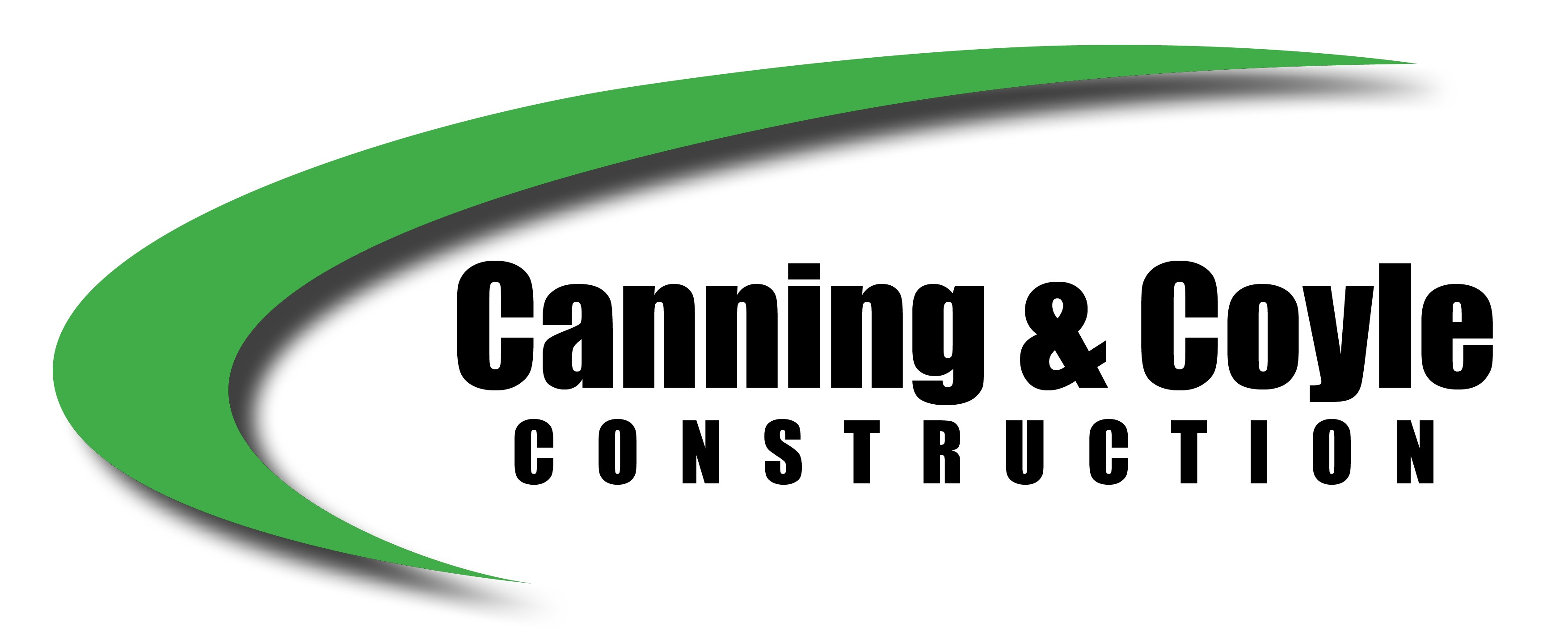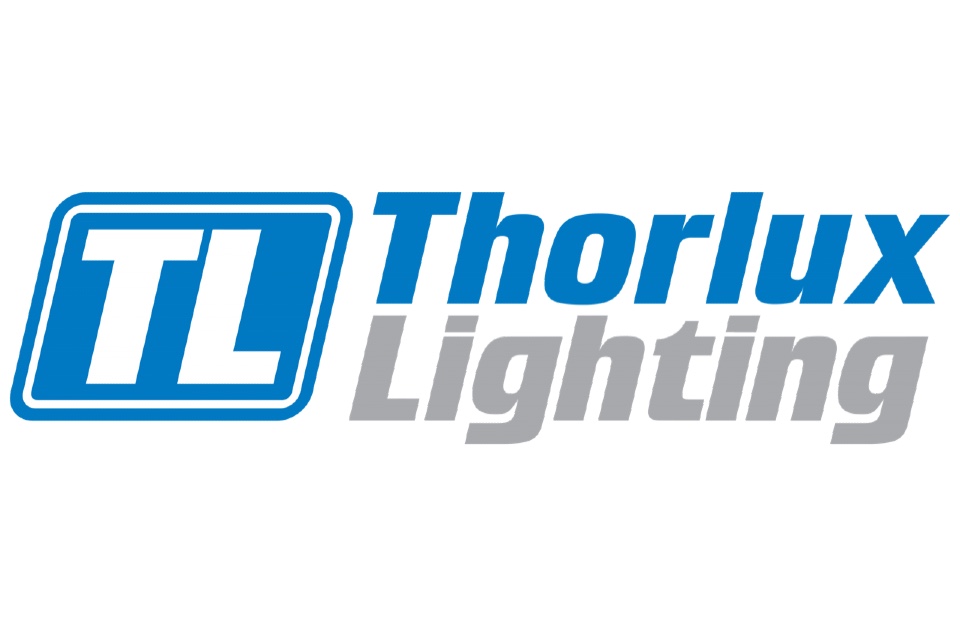Information
-
Document No.
-
Audit Title
-
Client / Site
-
Conducted on
-
Prepared by
-
Location
-
Personnel
1. Administration and First Aid
-
1.1 Has an audit on administrative procedures been carried out for this project?
-
1.2 Safety Management Plan available or review?
-
1.3 Site inductions for workers, subcontractors & visitors being carried out in accordance with SMP?
-
1.4 Supervisory arrangements in accordance with SMP?
-
1.5 Required training, licenses and skills register maintained in accordance with SMP?
-
1.6 SWMS for High Risk Construction Work reviewed and monitored in accordance with SMP?
-
1.7 Subcontractor SWMS reviewed in accordance with SMP?
-
1.8 Incident Notification process in accordance with SMP?
-
1.9 Site safety inspections, safety walks, or audits carried out in accordance with SMP?
-
1.10 Toolbox meetings, site meetings or other consultative arrangements being conducted in accordance with SMP?
-
1.11 Emergency response plan displayed on site?
-
1.12 Emergency evacuation procedure displayed on site?
-
1.13 Adequate First Aid kit on site?
-
1.14 Access available to trained first aider/s?
-
1.15 Plant and equipment register maintained in accordance with SMP?
-
1.16 Hazardous chemical/substance register maintained in accordance with SMP?
-
1.17 Safety Data Sheet register maintained in accordance with SMP?
-
1.18 Safety Data Sheets available on site?
-
1.19 Traffic Management Plan in place in accordance with SMP?
-
1.20 Does SMP identify any activities requiring permits to be used, (i.e. Hot Works, Excavation Work )?
-
1.21 Is an Environmental Management Plan in place for the site?
-
1.22 Pick 3 persons signed in for the day and check against induction records.
-
1.23 Is the first aid shed/office clearly identified as such with the correct signage? (White cross on green background )?
-
1.24 Open the First Aid Kit and check for certification every 12 months.
-
1.25 How many First Aiders are on site? Should be a ratio of 1 to 25 in a high risk/construction environment
-
1.26 Is there a First Aid room? Should be a facility for this if 100 workers or more.
2. Site Security
-
2.1 Is site fencing adequate to prevent unauthorised access?
-
2.2 Is site signage displayed and in a prominent and easily visible place?
-
2.3 Does signage include the name of the PC carrying out the building works?
-
2.4 Does signage give the location of the site office?
-
2.5 Does signage specify an after hours contact number?
HIGH RISK ACTIVITIES
3. Working at Heights
4. Plant and Equipment
-
4.1 Are power tools in good condition and safe for use?
-
4.2 Are power tools tested and tagged in accordance with AS/NZ 3012:2010?
-
4.3 Are power tools specified for industrial use?
-
4.4 Are power tools supplied through a portable RCD?
-
4.5 Are portable RCD's tested and tagged in accordance with AS/NZ 3012:2010?
-
4.6 Are extension leads in good condition and safe for use?
-
4.7 Are extension leads tested and tagged in accordance with AS/NZ 3012:2010? Minimum every 3 months.
-
4.8 Are extension leads appropriately suspended off the ground?
-
4.9 Are extension leads being used correctly (i.e. not joined together)?
-
4.10 Are portable RCD's tested and tagged in accordance with AS/NZ 3012:2010?
5. Scaffolds
-
5.1 Is Modular or Kwik stage scaffold erected on site today?
6. Temporary Electrical Installation
-
6.1 Is mains power connected to provide temporary power to site?
-
6.2 Are socket outlets protected by an RCD?
-
6.3 Does RCD have a current inspection tag?
-
6.4 Does switchboard allow for leads to be entered so that lid can be closed without damaging leads?
-
6.5 Is switchboard easily accessible and free of obstruction?
-
6.6 Are enough switchboards installed to ensure leads do not need to be joined together to reach work areas?
-
6.7 Are socket outlets overloaded?
-
6.8 Does electrical contractor have an effective electrical isolation procedure?
-
6.9 Are site sheds connected to mains power?
7. Personal Protective Equipment (PPE) & Permit Works
-
7.1 Does site have a sign indicating minimum PPE requirements, (i.e. hard hats, safety boots, Hi Vis)?
-
7.2 Are workers wearing PPE in accordance with signage requirements?
-
7.3 Are workers wearing appropriate PPE for specific hazardous tasks, (i.e. using angle grinder)?
8. Work Environment
-
8.1 Do workers have ready access to adequate amenities? (toilets, wash areas, lunch rooms, etc)?
-
8.2 Is site well maintained, clean and tidy, (i.e. good housekeeping)?
-
8.3 Is lighting sufficient?
-
8.4 Is adequate noise/vibration control in place if required?
-
8.5 Are there any other uncontrolled hazards not already covered?
-
8.6 Audiometric testing. Ask for evidence of audiometric testing if applicable. Testing should be done if PPE is used as a control measure, (i.e. ear plugs or muffs and the worker has been there 3 months or more).
9. Environmental Hazards
-
9.1 Are adequate controls in place to prevent contaminants entering stormwater drains?
-
9.2 Are adequate dust suppression controls in place?
-
9.3 Are the excavations that could affect underground services being worked on?
-
9.4 Are any works required to stop? Provide detail.
Corrective Actions
-
All items identified in this audit must be addressed by the contractor responsible for the site. The contractor must use a risk based approach to address any issues. Where there is a need to implement an interim control until the hazard can be permanently addressed this must be documented. Where there has been a system failure DHA will require a written plan to address how the company will prevent a reoccurrence.
-
Enter any corrective actions that have been discussed onsite.
Sign Off
-
On site representative :
-
Auditor's signature :











